Social Impact Investing with Your Self-Directed IRA
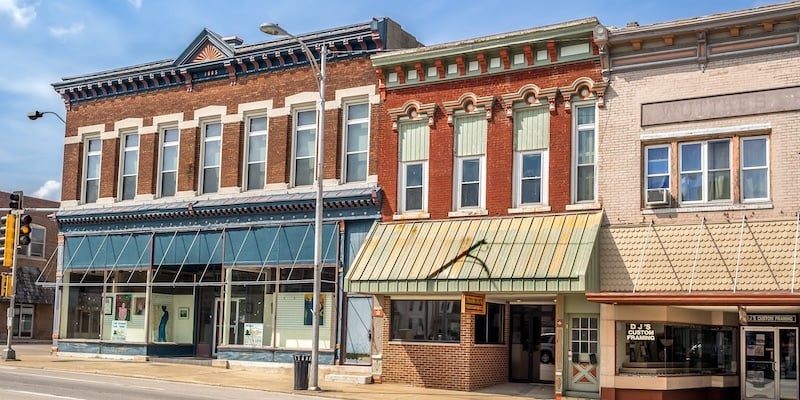
Estimated reading time: 4 minutes
Social impact investing is about earning more than just financial returns, it’s about generating a measurable, positive impact on your community or the causes you care about. It might mean financing affordable housing, supporting a local clean-energy initiative, or helping small businesses in your city grow.
Unlike traditional investing, where performance is measured only in profits and losses, social impact investing considers both financial return and social return. The goal isn’t charity, it’s alignment. You’re still seeking growth, but you’re also directing your capital toward projects that reflect your values.
Table of Contents
- Why Use an SDIRA for Social Impact Investing?
- Compliance and Due Diligence for Community Investments
- Risks and Mitigation Strategies
- Due Diligence Checklist
- Maximizing Returns While Making a Difference
- Working with Local Partners
- Opening an SDIRA for Social Impact Investing
Why Use an SDIRA for Social Impact Investing?
A self-directed IRA (SDIRA) expands what’s possible with your retirement funds. While standard IRAs limit you to stocks, bonds, and mutual funds, an SDIRA allows you to invest in nearly any asset the IRS permits, including local ventures that make a difference close to home.
That flexibility opens the door to opportunities such as:
- Community real estate projects, like workforce housing or mixed-use developments
- Private lending to local entrepreneurs who need funding to expand
- Co-op or renewable energy initiatives that drive sustainable growth
By using an SDIRA, you can fund projects that align with your values and your financial goals, all while maintaining the same tax advantages as a conventional IRA.
Compliance and Due Diligence for Community Investments
Before investing in any local project through your SDIRA, it’s essential to understand the IRS rules that keep your account compliant. The most important? Avoiding prohibited transactions.
The IRS restricts your IRA from doing business with certain “disqualified persons.” This includes you (the account holder), your spouse, parents, children, and certain entities you or your family control. In short, your SDIRA funds can’t directly or indirectly benefit you or your family before retirement.
Examples of prohibited transactions include:
- Buying or investing in a business you or a family member personally own or operate
- Renting or selling SDIRA-owned real estate to yourself or a family member
- Personally performing work (repairs, management, etc.) on a property owned by your SDIRA
When in doubt, consider asking a trusted advisor whether your investment structure follows IRS rules.
Risks and Mitigation Strategies
As with any investment, community-focused projects carry risks, and alternative assets can be less liquid than publicly traded ones. The best way to protect your retirement funds is to approach social impact investing with the same level of discipline you’d apply to any other strategy.
Common risks include:
- Illiquidity: Local projects can take time to produce returns or may lack an easy resale market.
- Default risk: Small businesses or real estate projects can fail, impacting returns.
- Valuation uncertainty: Private investments don’t have daily market pricing, so fair market valuations are crucial.
Due Diligence Checklist
Social impact investing feels personal, but it still requires professional-level due diligence. Every local project, no matter how promising, should be carefully evaluated before you invest.
Here’s a quick checklist to guide your process:
- Verify the project structure. Is it an LLC, partnership, or co-op? Make sure the investment entity is properly formed and legally recognized.
- Understand the business plan. Review financials, expected returns, and how the project plans to generate revenue.
- Assess the management team. Do they have a track record of success in similar projects?
- Review contracts carefully. Ensure your IRA’s ownership or lending position is clearly defined.
- Request supporting documents. Financial statements, appraisals, or third-party valuations can help confirm legitimacy.
- Consult professionals. An SDIRA custodian, CPA, or attorney familiar with self-directed investing can help you stay compliant and confident.
For a deep dive on conducting due diligence, download our free Private Equity Due Diligence Guide.
Maximizing Returns While Making a Difference
One of the biggest misconceptions about social impact investing is that doing good means sacrificing returns. In reality, many investors find that purpose and profit can go hand in hand, especially when investments are chosen carefully.
When assessing impact investments, consider two dimensions of success:
- Financial performance: Expected return, risk profile, and cash flow stability.
- Social or community impact: Job creation, affordable housing, environmental sustainability, or local business growth.
Some investors even track both using an “impact-adjusted return,” which weighs both the tangible and intangible benefits of an investment,
Working with Local Partners
Social impact investing thrives on collaboration. Whether you’re looking to fund a local housing initiative, lend to small businesses, or invest in community energy projects, finding trustworthy partners is key.
Here are a few ways to identify and vet opportunities:
- Local business networks: Chambers of commerce and community development groups often connect investors with vetted projects.
- Real estate syndicators: Some focus specifically on affordable housing or community revitalization projects.
- Municipal programs: Cities and counties sometimes offer co-investment opportunities for infrastructure or sustainability projects.
Opening an SDIRA for Social Impact Investing
If you’re ready to align your retirement strategy with your community values, the first step is opening an SDIRA. The process is simple:
- Open your account: You can set up a traditional or Roth SDIRA with Entrust in about 10 minutes. All you need is a copy of your government-issued ID.
- Fund your account: Transfer or roll over existing retirement funds, or make a new contribution.
- Direct your investment: Once your account is funded, you can invest in local projects such as real estate, small businesses, or private loans.
Entrust acts as your custodian and recordkeeper, handling the administrative side of your investment while you focus on choosing opportunities that matter to you. Whether you’re new to self-direction or exploring impact opportunities for the first time, we offer resources to help you along the way, including:
- The Entrust Knowledge Base: Step-by-step videos and guides on managing your SDIRA.
- Educational webinars: Live and recorded sessions covering alternative assets, compliance, and due diligence.
- Dedicated support: Our expert Client Services team is here to answer questions you might have.
To get started, download our free Self-Directed IRA Basics Guide, or schedule a free consultation with one of our SDIRA experts.





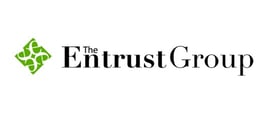
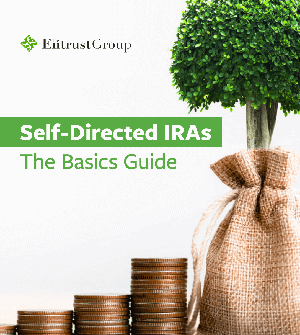






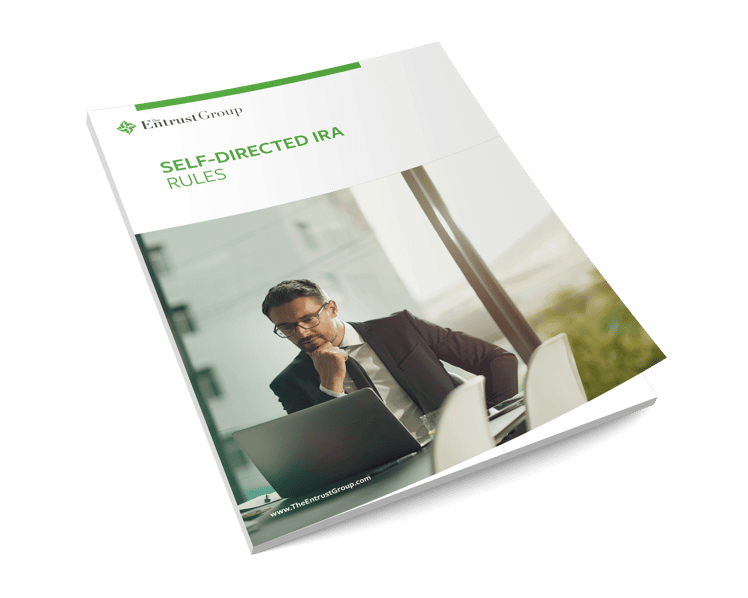
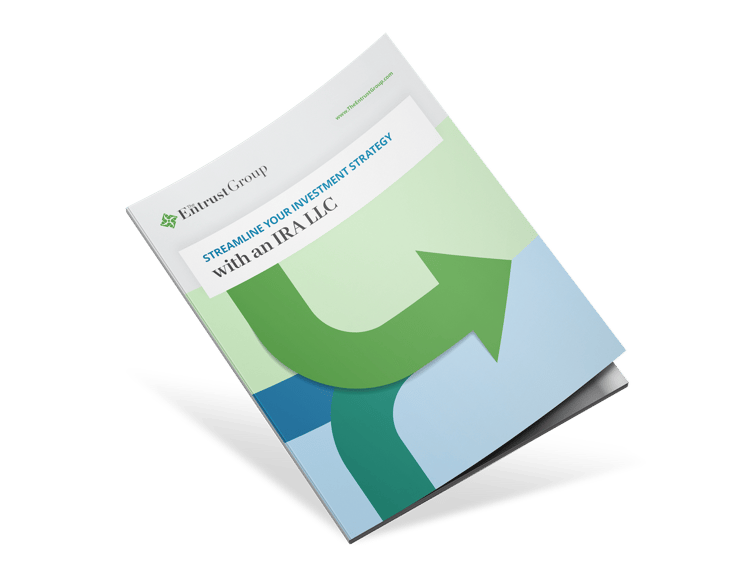

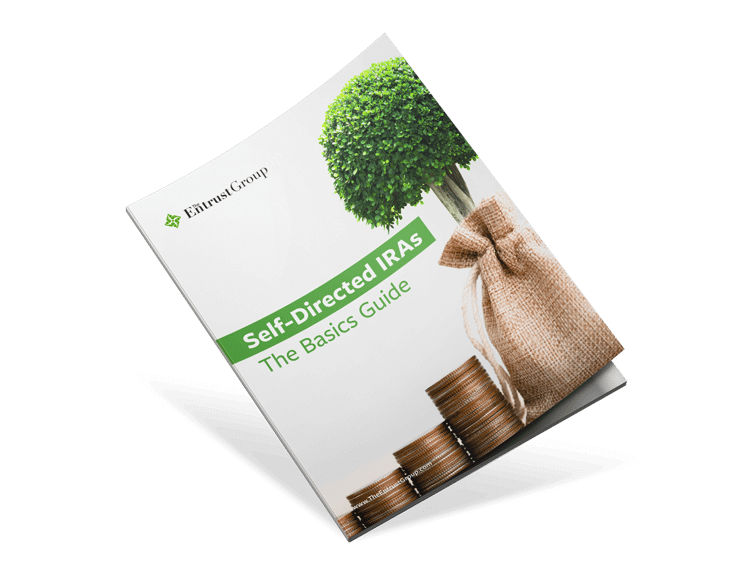


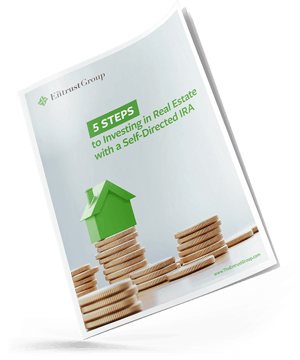


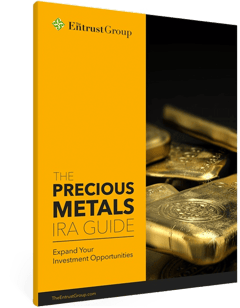

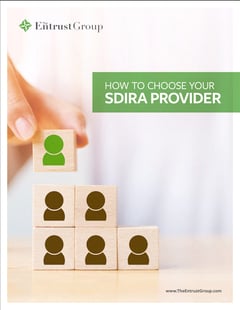
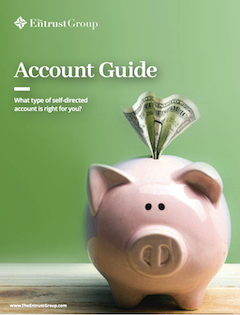
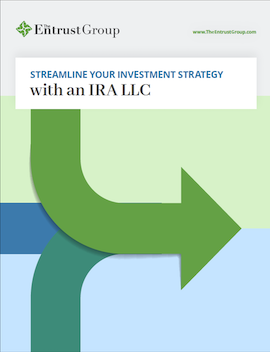
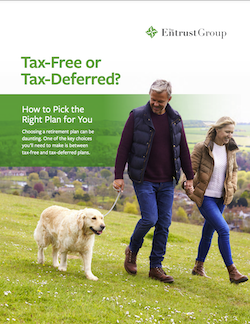
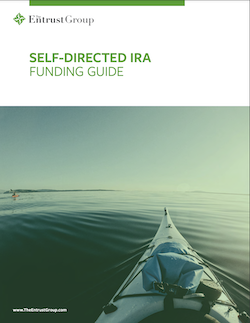
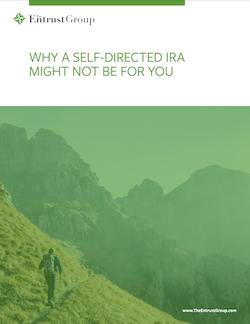
0 Comment